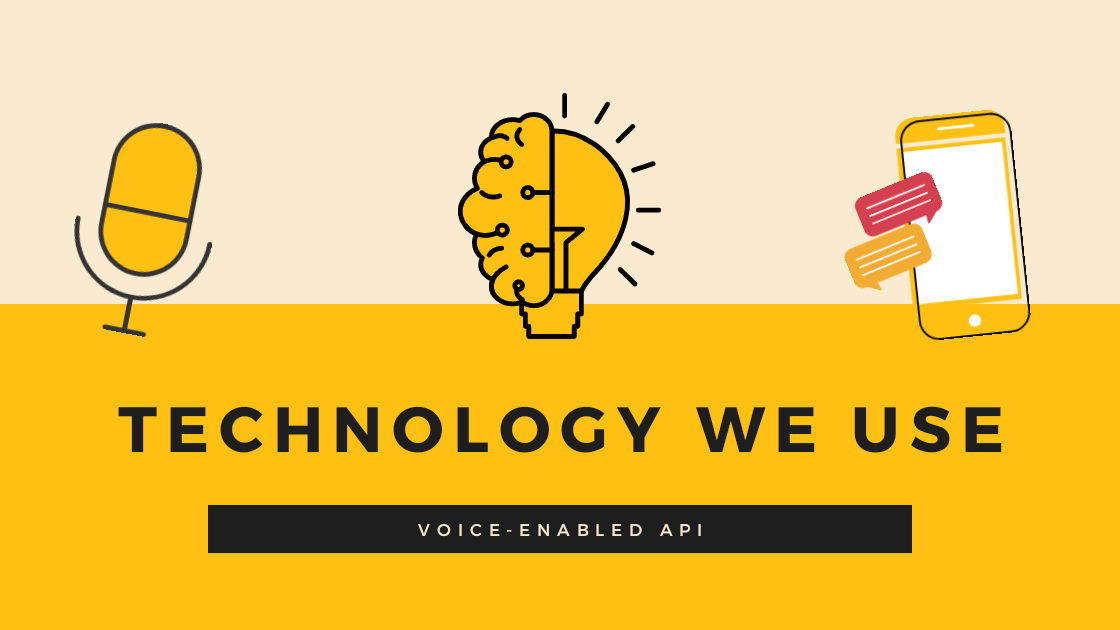


In today’s tech-driven world, we are pushing the boundaries of what’s possible with NeuroSymbolic AI to achieve a human-like understanding of our environment. Our Brain-Inspired Spoken Language Understanding (BISLU), paired with a proprietary Thought Representation Ecosystem, enables the development of intelligent, low-power technology. Essentially, whether you express your thoughts in a single line or multiple sentences, BISLU will accurately grasp what you’re communicating.
➞ We are proud to introduce the world’s first Thought Representation Ecosystem, which features innovative tools designed to effortlessly represent complex human-like thought patterns on computers. We utilize a unique language called ETML (Extended Thought Mark-up Language) to encode structured data that reflects human thoughts.
➞ Simbo.AI is built on the BISLU architecture, allowing it to understand humans in a uniquely human-like way. Instead of relying on traditional intent-based AI classification, BISLU employs Universal NLU.
➞ Thanks to Universal NLU, Simbo can seamlessly convert speech into thought representations, setting it apart as a truly unique solution. SimboAlpha serves as a Smart Voice-Based Assistant for Doctors, essentially functioning as a Digital Secretary. It accommodates various native and Indian English accents, and it is trained on both international and Indian clinical terminology. Even in noisy environments, SimboAlpha demonstrates remarkable accuracy. This technology leverages Neural Networks trained on over 10 million audio recordings, combined with a state-of-the-art Speech-To-Text Engine and Clinical NLU.
AI holds immense potential in the healthcare sector. While Symbolic AI is often viewed as a rule-based engine with certain limitations, the fusion of statistical AI, like Artificial Neural Networks, with Symbolic AI shows promise and remains an area of active research. We believe this decade will be dominated by advancements in NeuroSymbolic AI. Our research focuses on deconstructing massive AI models into several stages, adhering to valid symbolic representations.
➞ Our investigation not only propels us towards achieving explainable AI through NeuroSymbolic AI but also facilitates the training of models using minimal data. This approach allows us to work with higher-order datasets, such as paragraphs and narratives, without the need for extensive datasets.
➞ Our NeuroSymbolic AI architecture is founded on GIPCA (General Intelligence Predictive and Corrective Architecture). BISLU is constructed on this GIPCA framework, providing an innovative alternative to traditional NLU models that often train as intent-classification systems. These conventional intent models typically deal with a limited set of intents, restricting the ability of computers to understand humans in a truly empathetic manner.
➞ Universal NLU aims to comprehend human expression at a human level, processing a stream of spoken utterances to produce Human Thought Representations. If the utterance aligns with the domain knowledge of Universal NLU, it generates high-resolution thoughts; otherwise, low-resolution thoughts are produced. This system remains continuously vigilant, extracting information for ongoing processing.